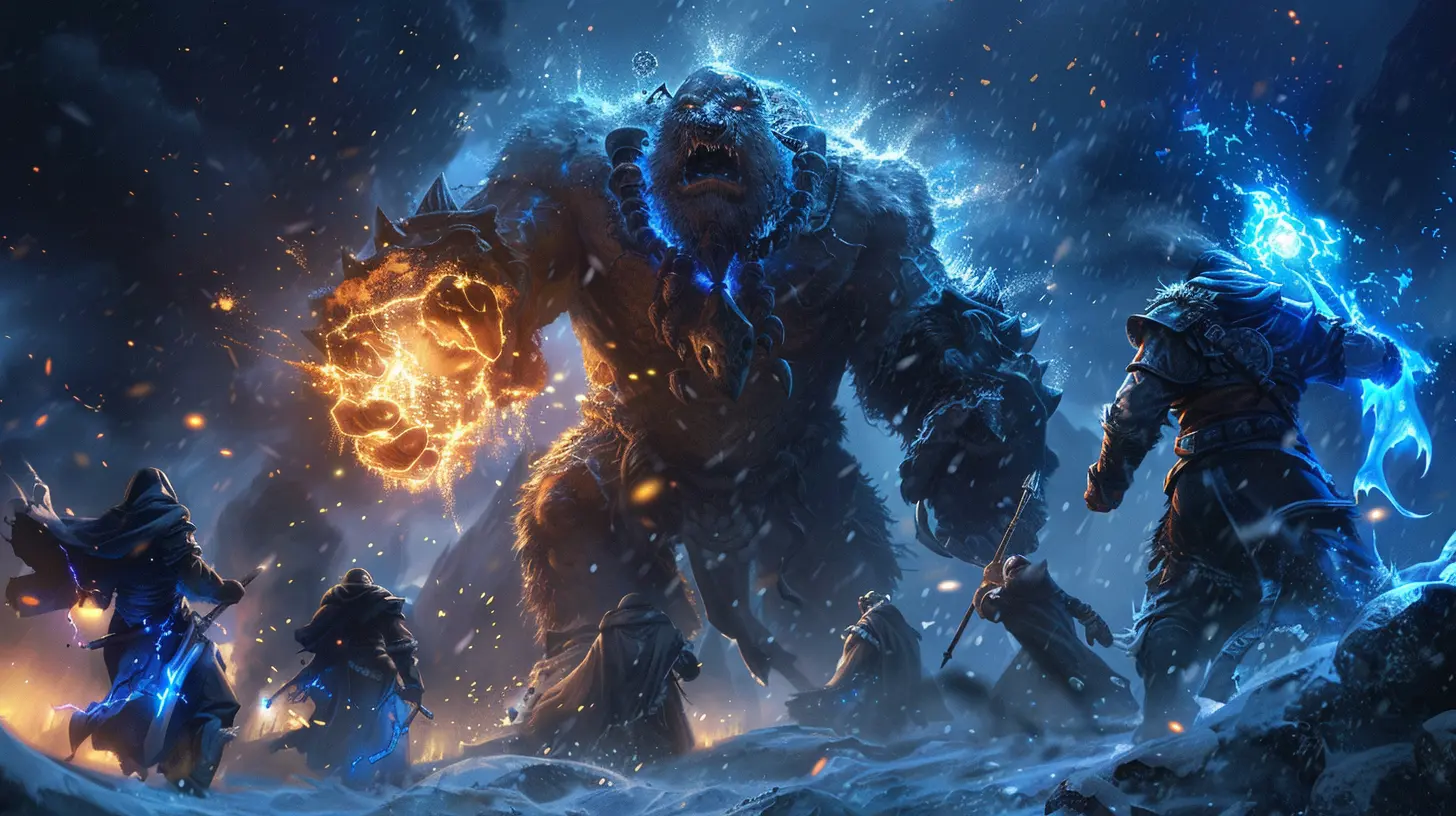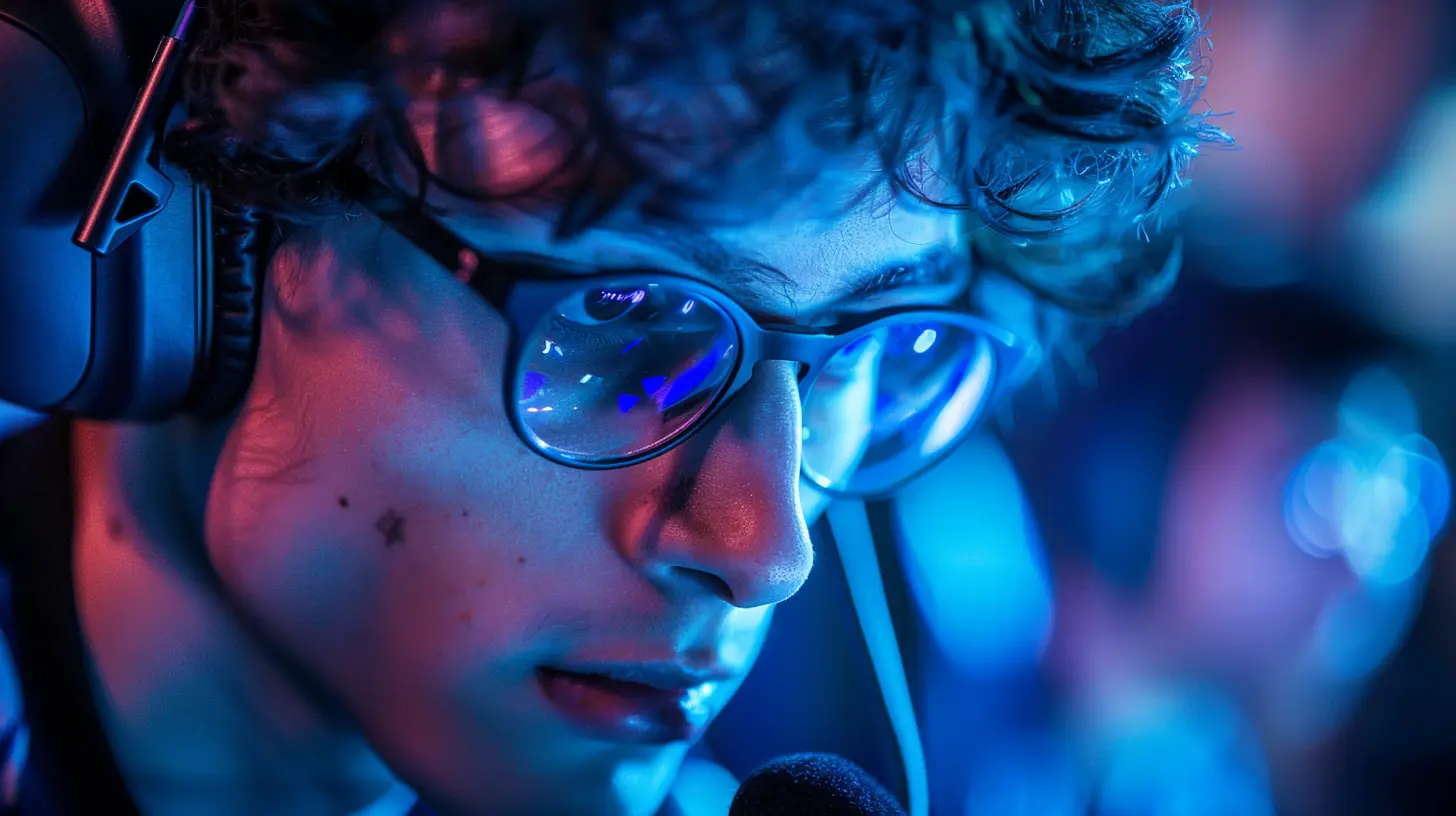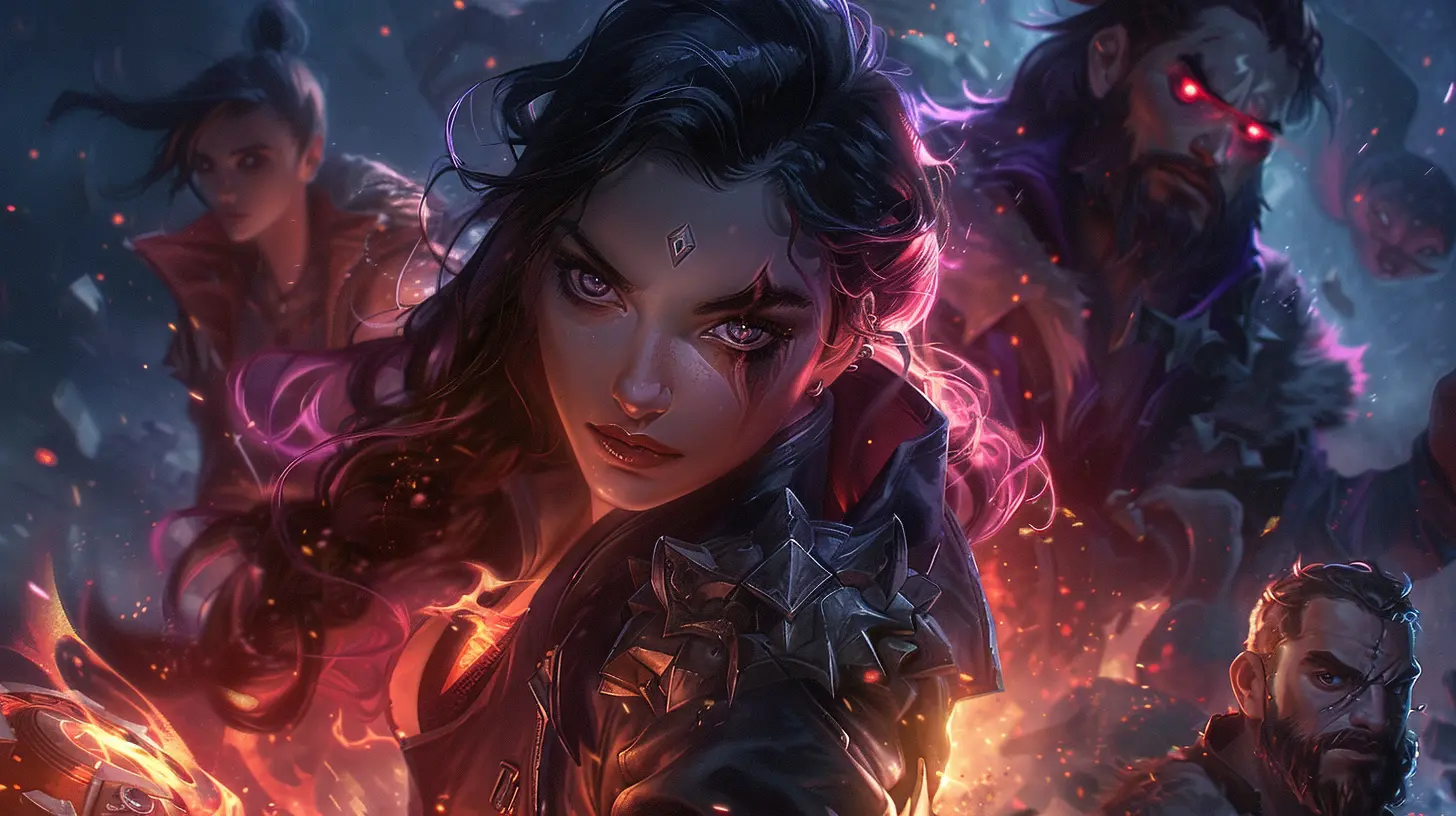Exploring the Influence of Training Schedules in Competitive Esports
13 June 2025
Competitive esports has become a global phenomenon, blending skill, precision, and teamwork into thrilling, adrenaline-packed matches. But there’s more to these intense battles than just reaction times and strategy. Behind every pro player lies an essential but often overlooked ingredient: their training schedules. Yes, those day-to-day grind sessions are essentially the backbone of performance in esports.
If you've ever wondered how training regimens in esports impact gameplay—or why some teams dominate while others struggle—you’re not alone. Let’s dive deep into the intricacies of training schedules and see how they shape the performance of pro players, the dynamics of teams, and ultimately, the outcomes of tournaments.
The Rise of Esports and Training Demands
With esports’ explosive growth, what was once a casual pastime has evolved into a highly competitive profession. Today's top esports players are treated like athletes, complete with coaches, analysts, nutritionists, and sports psychologists. But instead of spending time on a field or a court, these players are glued to their screens, refining their skills for countless hours.Let’s be real—gaming for hours might sound like a dream. But competitive esports is a whole different beast. The pressure to perform is relentless, and training schedules are meticulously tailored to ensure players can keep up.
What makes these schedules so critical in esports? It boils down to two major factors: precision and consistency.
The Role of Training Schedules in Player Development
Why Consistency is King
If you’ve ever played a game like League of Legends or Valorant, you know that it’s not just about clicking faster—it’s about making the right decisions under pressure. Competitive players rely on training schedules to internalize muscle memory, improve reaction times, and sharpen their ability to read their opponents. It’s like learning to drive for the first time—you practice until reversing into a parking space feels second nature.Consistent training also builds synergy within teams. Think of esports teams as orchestras. Each player needs to hit their note perfectly for the performance to shine. Similarly, constant practice ensures that every team member knows their role and can communicate seamlessly, even in the most chaotic situations.
The Grind: Hours Beyond Comfort
Let’s get one thing straight—being a pro gamer isn’t just sitting on your butt and having fun all day. Most esports athletes train anywhere between 6 to 12 hours a day, and those hours aren’t spent casually playing games. Instead, they’re broken down into scrims (practice matches), individual skill enhancement, strategy discussions, and VOD (video-on-demand) reviews.It’s intense, right? But that’s the norm. The repetitive grinding hones both mechanical skills and decision-making processes. 
Finding Balance: The Mental and Physical Toll
Burnout is Real
Here’s the dark side of rigorous training schedules: burnout. Spending 10+ hours in front of a screen can take a significant toll on both physical and mental health. Many players, including some of the biggest names in the industry, have spoken about how the constant pressure to perform has led to stress and fatigue.But why does burnout hit esports players so hard? It’s due to the repetitive and mentally exhausting nature of training. It’s not just about “playing the game”; it’s about performing at an elite level for extended periods. And when there’s no balance, players often lose their passion for the game, or worse, suffer from anxiety and depression.
Physical Health? Yes, It Matters
It might seem weird to talk about physical health when esports involves sitting, but being sedentary for long hours is just as dangerous as sprinting without rest. Pro players often deal with wrist injuries (hello, carpal tunnel syndrome), neck pain, and eye strain. That’s why a growing number of esports organizations include physical fitness and proper ergonomics in their training schedules. Some teams even require players to hit the gym as part of their daily routine.
How Teams Tailor Training Schedules for Success
Not all training schedules are created equal. Different esports titles demand different strategies, and teams often structure their sessions accordingly. Let’s break down the key elements:1. Scrims and Practice Matches
Scrims are like sparring sessions for boxers. Teams go head-to-head in practice matches to test out new strategies, refine communication, and adapt to different playstyles. These scrims are the bread and butter of team-based games like Dota 2 or CS:GO. A single scrim session can last hours, and teams often review replays afterward to spot mistakes and refine tactics.2. VOD Reviews
Think of VOD reviews as esports’ version of game tape. Teams analyze replays of both their games and those of top competitors. What was the turning point of the game? Were there missed opportunities? Who played their role best? These reviews help players visualize improvement, kind of like watching yourself dance awkwardly on video and realizing just how much work your moves need.3. Individual Training
While teamwork is essential, individual skill development remains just as important. Players dedicate time to improving their specific roles, whether it's landing sniper shots in Call of Duty or perfecting last-hitting in League of Legends. Imagine being part of a rock band—if the lead guitarist doesn’t regularly practice their solos, the whole vibe falls flat.4. Mental Preparation
In esports, the mental game is as crucial as the physical one. Teams incorporate activities like visualization exercises, mindfulness, and even sports psychology sessions to help players stay focused under pressure. When you’re on the verge of elimination in a $1 million tournament, keeping your cool can be the difference between victory and defeat.The Changing Landscape: Flexible Schedules and Innovation
Esports training schedules aren’t set in stone—teams are constantly experimenting to find the perfect balance between grinding and resting. For example, some organizations are swapping out long hours with shorter, more focused sessions. Others are using advanced analytics to track performance and tweak schedules based on data.There’s also been a shift toward prioritizing player well-being. Teams are beginning to understand that treating players like machines is counterproductive. After all, happy and healthy players perform better. Some organizations now emphasize proper sleep, balanced diets, and even mandatory off-days.
The Verdict: Do Training Schedules Really Define Success?
Here’s the truth: training schedules aren’t a one-size-fits-all formula for success. Sure, they’re crucial for skill development and team synergy, but they’re only one piece of the puzzle. Player talent, game sense, and adaptability also play massive roles.However, without a proper training regimen, even the most talented players can falter. It’s like trying to run a marathon without ever practicing—you might have natural speed, but you’ll gas out halfway through.
Conclusion: The Grind Behind the Glory
Training schedules are the unsung heroes of esports. They’re what separate the good from the great. But they’re also a double-edged sword—push too hard, and burnout becomes inevitable. The best teams and players are finding that sweet spot between grinding hard and taking care of themselves, proving that balance is the ultimate key to success.The next time you’re watching an intense esports showdown, remember: those jaw-dropping plays didn’t happen by accident. They’re the result of countless hours of grueling practice, an unshakable commitment to improvement, and yes, some truly brutal training schedules.
Who knew that behind those flashy plays and highlight reels lies so much sweat, dedication, and even a few blisters?
all images in this post were generated using AI tools
Category:
Competitive GamingAuthor:

Tina Fisher
Discussion
rate this article
2 comments
Darby Nguyen
This article offers insightful analysis on how training schedules impact performance in competitive esports. Understanding these dynamics is crucial for players seeking to optimize their gameplay and maintain a competitive edge.
September 22, 2025 at 3:44 AM

Tina Fisher
Thank you! I'm glad you found the analysis insightful. Understanding training schedules is indeed vital for maximizing performance in esports.
Lacey McKinney
Training schedules are the backbone of success in competitive esports. Without disciplined practice, even the most talented players fall short. It’s time to recognize that hard work and strategy shape champions, not just raw skill. Commitment is non-negotiable.
June 18, 2025 at 4:25 AM

Tina Fisher
Absolutely! A structured training schedule is essential for cultivating both skill and strategy, ultimately shaping successful esports champions. Commitment truly makes the difference.


